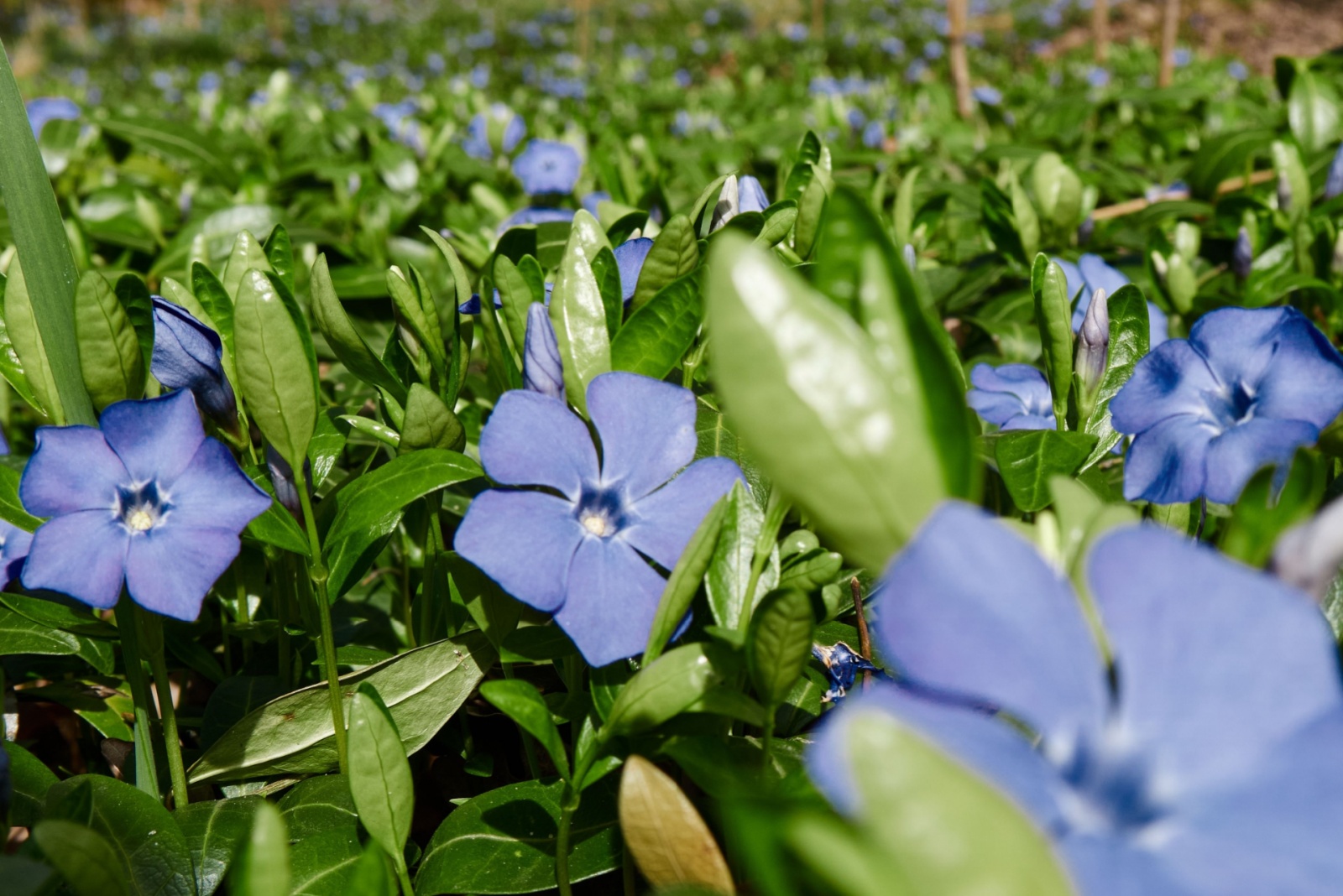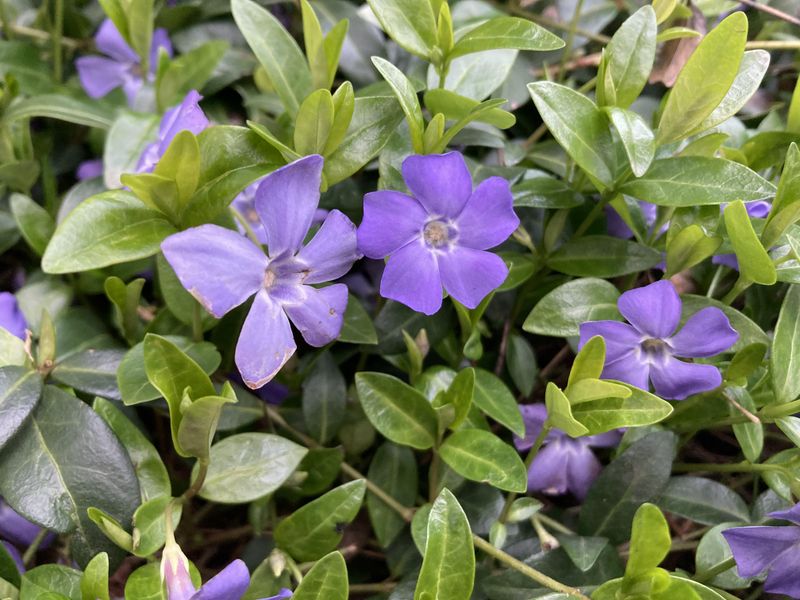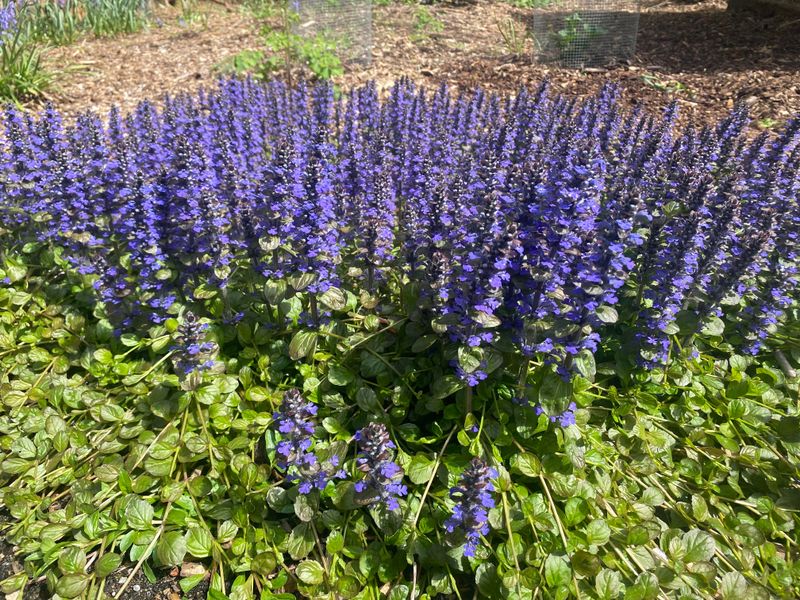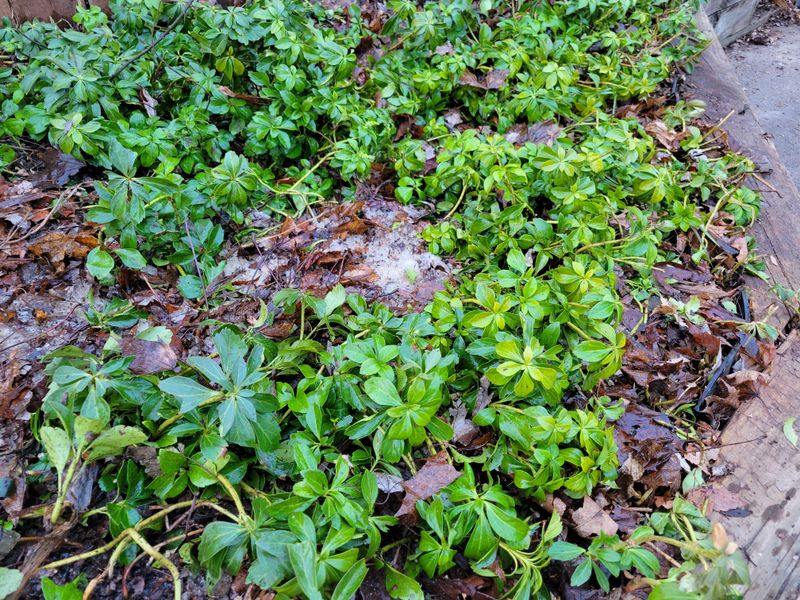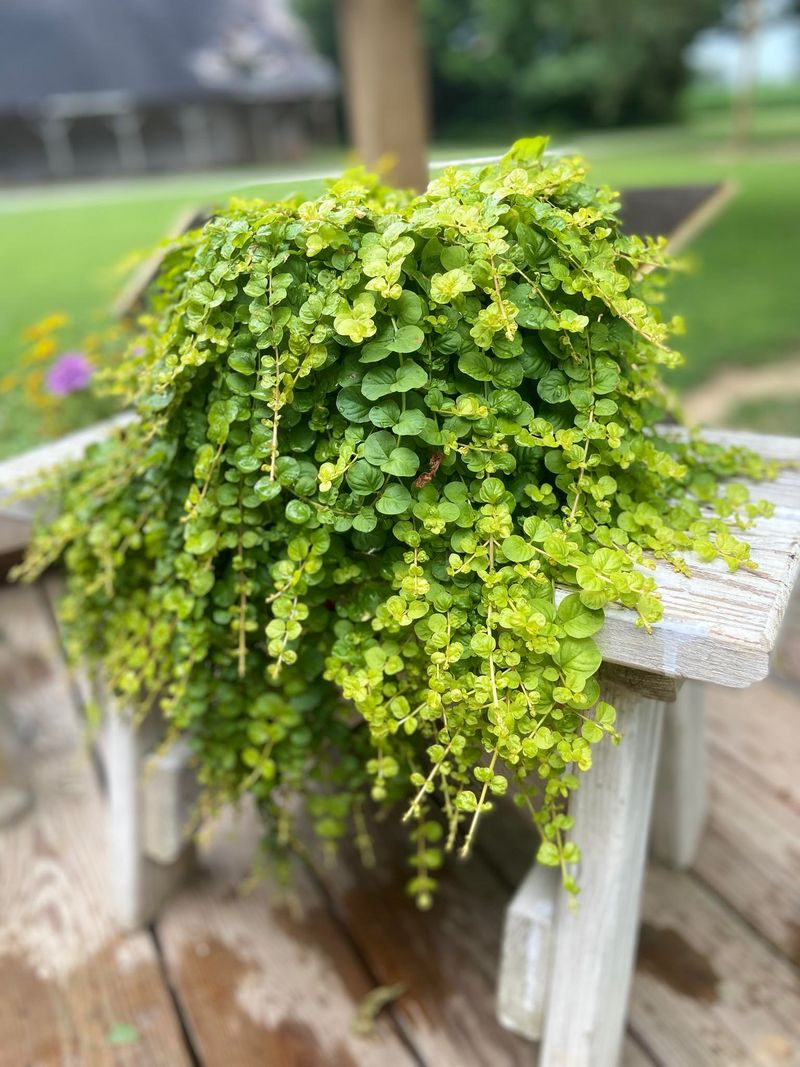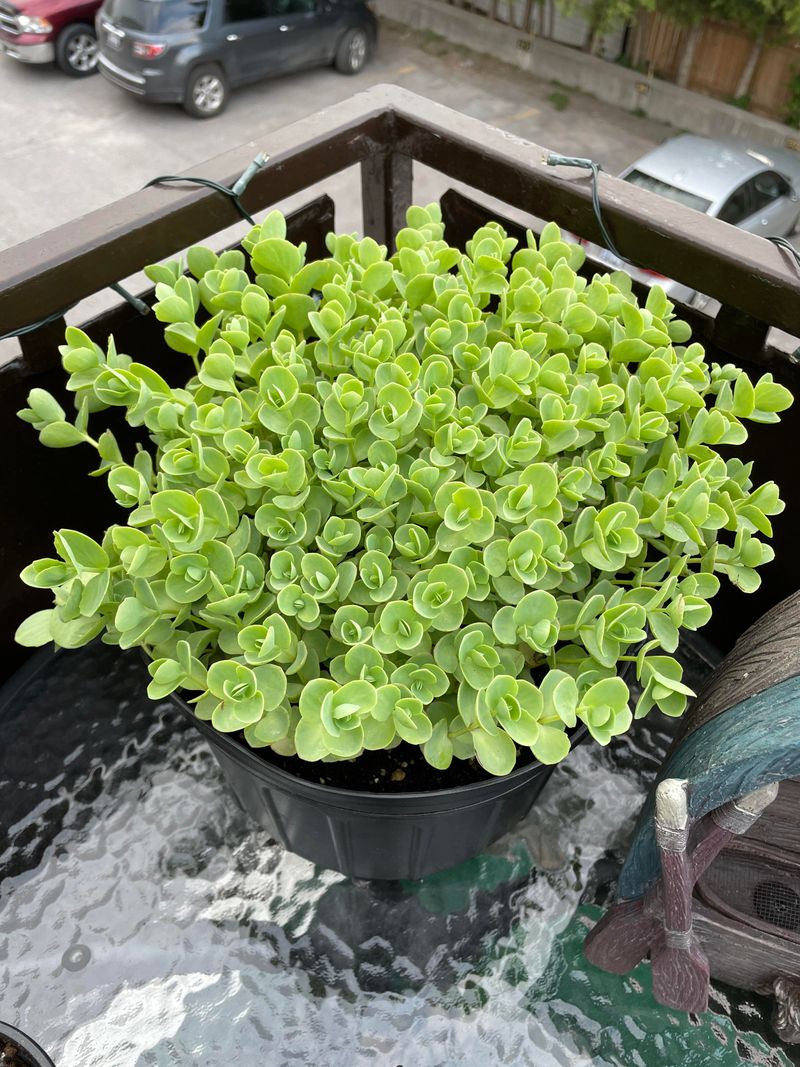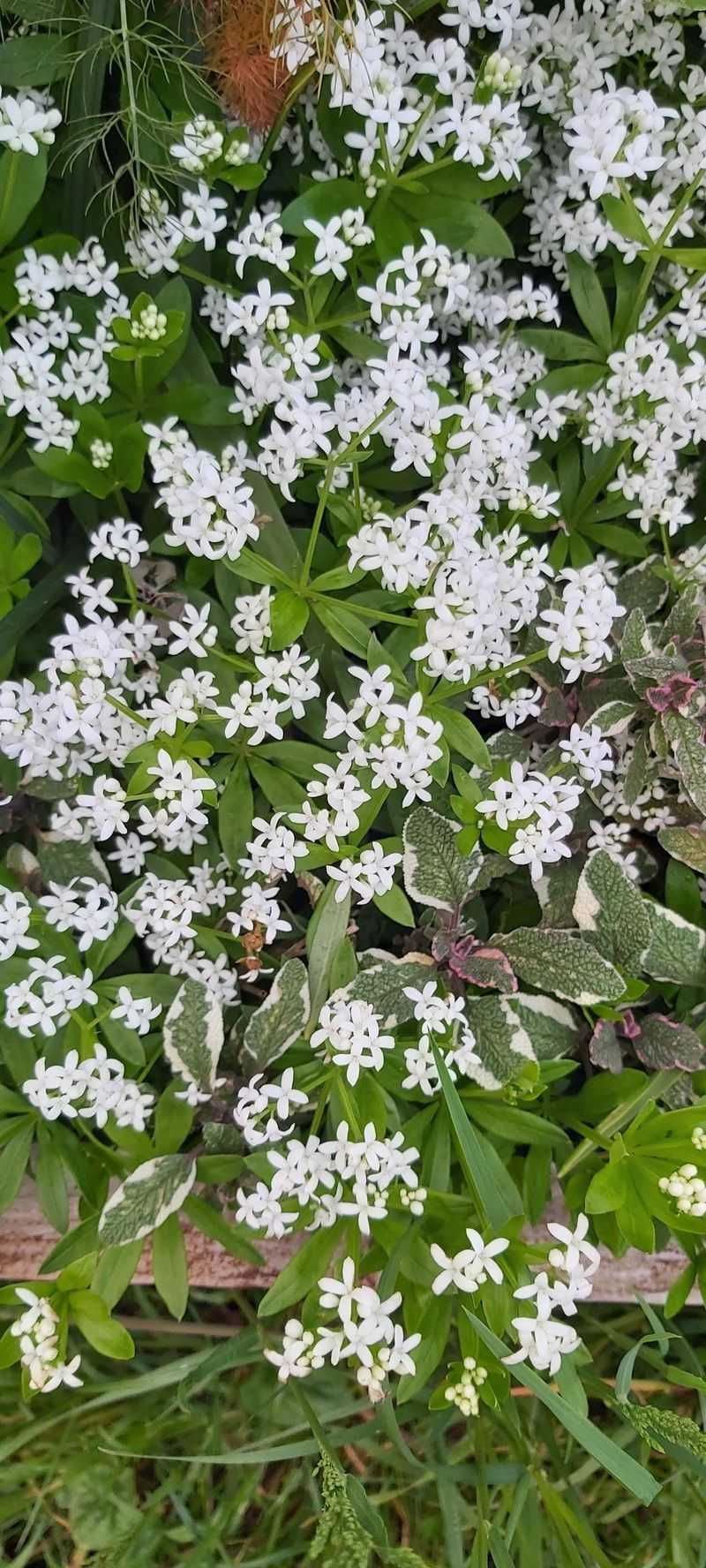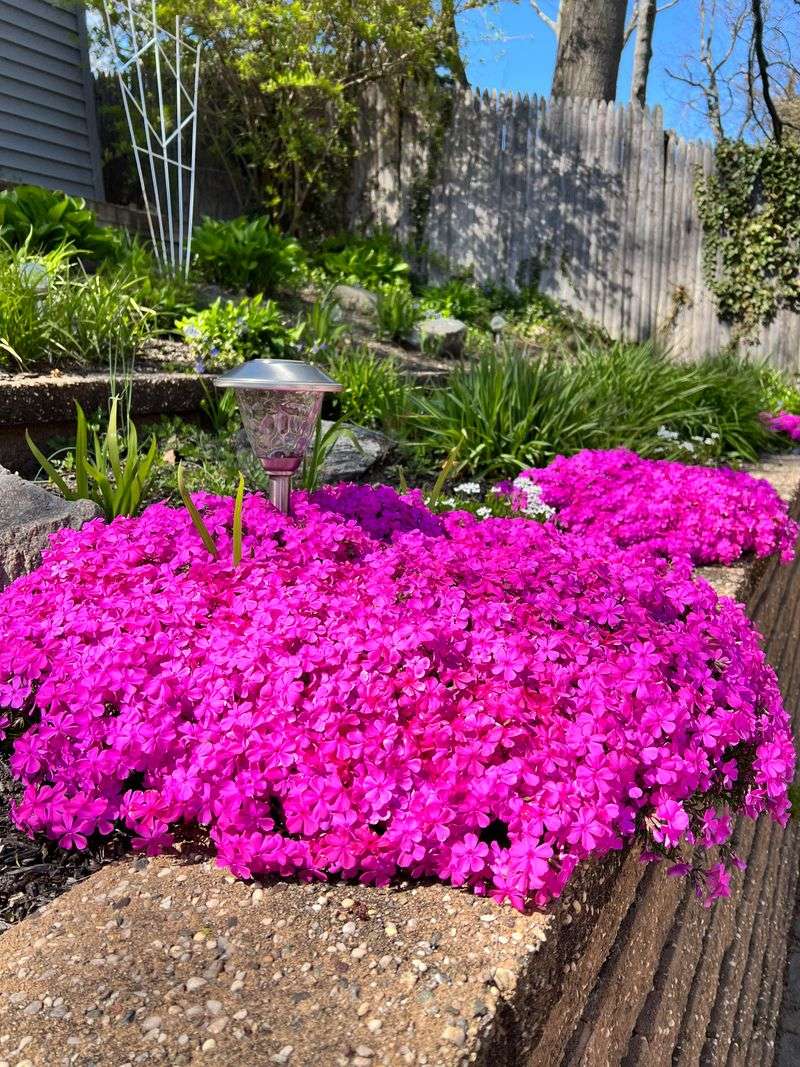Bare patches are a common headache for Kentucky yards, thanks to heavy foot traffic, poor drainage, or shady spots under trees. These trouble areas can leave your lawn looking uneven and neglected.
But there’s good news—fast-growing ground covers can turn those problem spots into lush, low-maintenance greenery. They’re tough, attractive, and well-suited to Kentucky’s climate. I’ve seen them fill in quickly, adding texture and color while cutting down on weeds and erosion.
It’s a simple fix that brings beauty and balance back to your outdoor space. Want help picking the best ground covers for shady, damp, or high-traffic areas in Kentucky?
1. Creeping Thyme
Aromatic and tough, this low-growing plant handles foot traffic better than most alternatives. Its tiny leaves release a pleasant scent when stepped on, making walkways and pathways more enjoyable.
Kentucky gardeners appreciate how quickly it fills gaps between pavers and along garden edges. The purple blooms attract pollinators throughout summer months.
Drought-tolerant once established, it requires minimal watering and thrives in full sun. Plant plugs six inches apart for coverage within one growing season.
2. Periwinkle Vinca
Shaded areas in Kentucky yards find their perfect match with this evergreen spreader. Its glossy leaves stay green year-round, providing consistent color even during winter months.
The cheerful blue-purple flowers appear in spring and occasionally rebloom throughout the growing season. Fast-growing runners quickly colonize bare spots under trees where grass refuses to grow.
Deer tend to avoid this plant, making it ideal for rural properties. Space plants twelve inches apart for complete coverage by the second season.
3. Ajuga Bugleweed
Bronze, purple, and green foliage creates a living tapestry that solves erosion problems on slopes. This aggressive spreader works overtime to stabilize soil while looking attractive throughout all seasons.
Blue flower spikes shoot up in spring, adding vertical interest to low-growing mats. Kentucky homeowners value its ability to thrive in both sun and partial shade conditions.
Tolerant of clay soil common throughout the region, it establishes quickly without special amendments. Plant six to eight inches apart for rapid coverage within months.
4. Pachysandra
Deep shade beneath mature trees becomes a gardening asset rather than a challenge with this reliable performer. Its glossy, serrated leaves form dense mats that prevent weeds from taking root.
Slow but steady growth creates permanent solutions for problem areas in Kentucky landscapes. White flower clusters appear in spring, though the foliage remains the main attraction.
Prefers acidic soil and consistent moisture, making it perfect for woodland settings. Plant eight to ten inches apart and mulch well during the first season for best establishment.
5. Creeping Jenny
Bright chartreuse leaves bring sunshine to damp, problematic spots where other plants struggle. This fast spreader loves moisture and thrives near downspouts, pond edges, or low-lying areas.
Kentucky gardeners use it to brighten shaded corners and create living mulch around shrubs. The trailing stems root wherever they touch soil, filling gaps remarkably quickly.
Yellow flowers appear in summer, though the colorful foliage steals the show year-round. Space plants twelve inches apart in spring for complete coverage by fall.
6. Sedum Stonecrop
Succulent leaves store water, making this ground cover perfect for hot, dry patches in full sun. Rock gardens and sandy soils throughout Kentucky become thriving landscapes rather than barren wastelands.
Star-shaped flowers in pink, yellow, or white attract butterflies during summer months. The fleshy foliage stays attractive even during drought conditions when other plants look stressed.
Requires excellent drainage but almost no maintenance once established in appropriate locations. Plant four to six inches apart for quick coverage in sunny, well-drained spots.
7. Wild Ginger
Native to Kentucky forests, this plant naturally understands local growing conditions. Heart-shaped leaves create elegant carpets in woodland gardens where imported species often fail to thrive.
Hidden burgundy flowers bloom near the ground in spring, though the foliage provides the main ornamental value. Rhizomes spread steadily to form dense colonies that suppress weeds effectively.
Prefers rich, moist soil with plenty of organic matter and consistent shade. Space plants ten to twelve inches apart and be patient as it establishes slowly but permanently.
8. Sweet Woodruff
Delicate white flowers and vanilla-scented foliage make this European import a Kentucky favorite for shaded areas. The whorled leaves create fine texture that contrasts beautifully with hostas and ferns.
Spreads quickly once happy with its location, forming fragrant carpets under trees and along shaded pathways. Dried leaves retain their sweet scent and were traditionally used in potpourri.
Prefers consistent moisture and organic-rich soil but tolerates occasional dryness once established. Plant eight inches apart in spring for coverage by late summer in suitable conditions.
9. Mazus Reptans
Tiny purple-blue flowers cover this low-growing spreader in spring, creating a flowering carpet between pavers. Kentucky homeowners appreciate its tolerance for light foot traffic and ability to soften hardscapes.
The mat-forming habit stays under two inches tall, making it perfect for filling cracks and crevices. Thrives in sun to partial shade and adapts to various soil types.
Semi-evergreen foliage may bronze in winter but bounces back each spring with renewed vigor. Plant four to six inches apart for quick establishment in problem spots.
10. Phlox Subulata
Springtime explosions of pink, purple, or white flowers transform bare slopes into breathtaking displays. This sun-loving spreader handles poor soil and drought conditions common on Kentucky hillsides.
Needle-like evergreen foliage provides year-round interest even when flowers fade. The dense growth prevents soil erosion while creating stunning seasonal color that neighbors will envy.
Requires full sun and good drainage but minimal care once established in appropriate locations. Plant eight to ten inches apart for complete coverage within two growing seasons.

